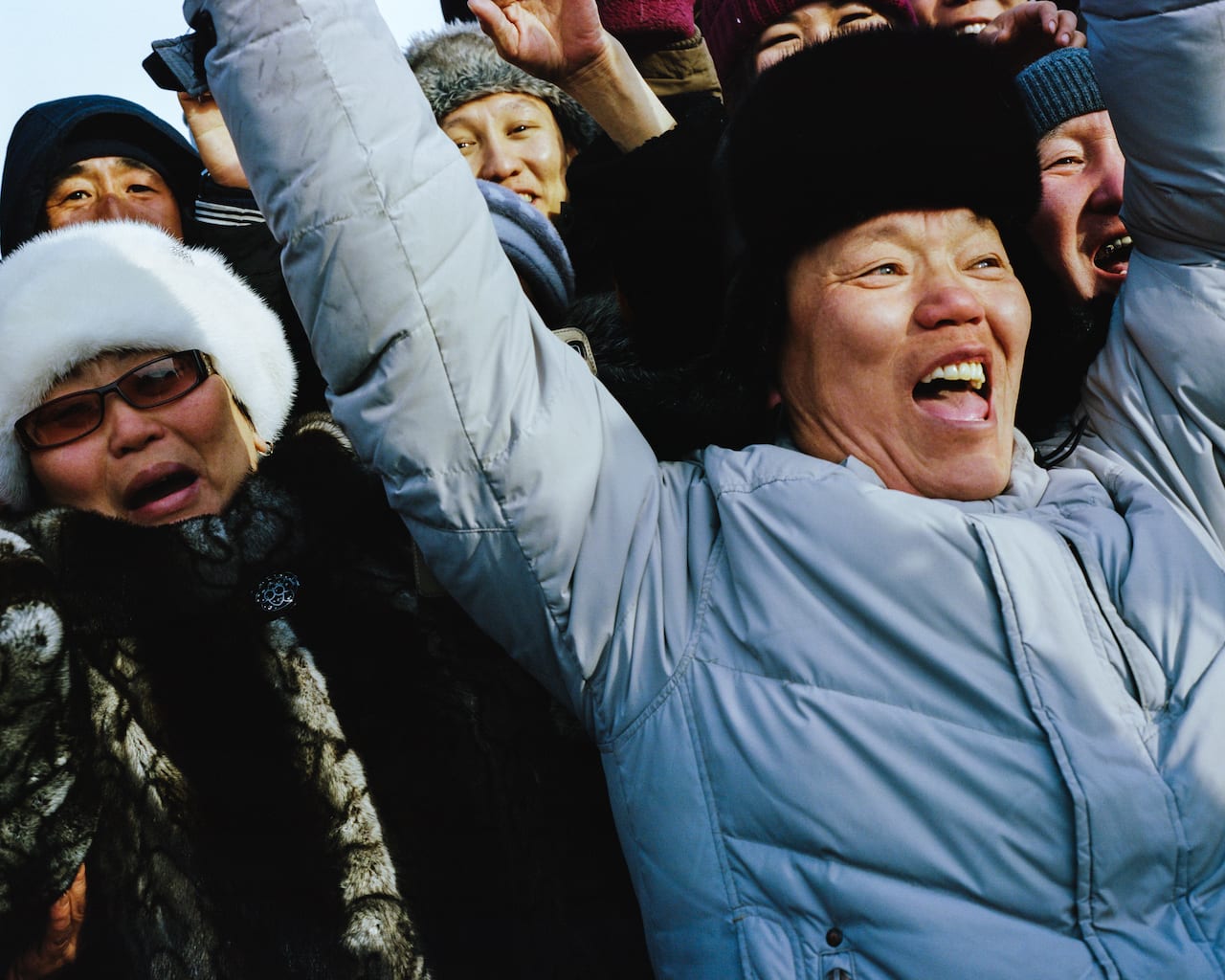On assignment for The New York Times, Ducke travelled to one of Russia’s new military outposts in the Arctic where he witnessed an awakening of activity.


On assignment for The New York Times, Ducke travelled to one of Russia’s new military outposts in the Arctic where he witnessed an awakening of activity.

Spending her photographic career photographing some of the planet’s most remote and inaccessible environments, Skubatz travels to a tiny town in the Arctic that is at the forefront of its changing landscape.

This month’s issue focuses on bodies of work that ruminate on places that are hidden or forgotten

Photographer and anthropologist Alegra Ally accompanied the Nenets during their seasonal migration, a tradition under threat from the climate crisis

The Arctic circle is warming twice as fast as the rest of the world. According to the National Oceanic and Atmospheric Administration, for the past five years Arctic air temperatures have exceeded all records since 1900. If temperatures continue to rise, scientists expect that the North Pole will be ice-free in summer by 2040.
Ice reflects sunlight while water absorbs it, so less ice means even higher temperatures. But the consequences of disappearing sea ice in the Arctic are more complicated than the obvious impact it has on our global climate. Less ice provides new routes for maritime shipping, and opens up new areas for the exploitation of fossil fuels, transforming the region into a strategic battleground for countries with vested interests – not to mention indigenous villages whose livelihoods are threatened by rising sea levels.
Photojournalists Yuri Kozyrev and Kadir van Lohuizen, who are both represented by NOOR, travelled through the Arctic circle, documenting the startling, and often complicated, effects of Arctic climate change. Arctic: New Frontier is the product of the ninth edition of the Carmignac Photojournalism Award, which each year funds a new investigative photo reportage on a humanitarian and geopolitical issue. An exhibition of over 50 photographs and six videos will be displayed at London’s Saatchi Gallery from 15 March until 05 May.

Though he was born in France, Alexis Pazoumian has long had ties with Russia. His grandfather, the painter Richard Jeranian, is originally from Armenia, and was among the first Western artists of his generation to go to Moscow in 1957, and then again in 1970, and then again for an exhibition in Novosibirsk in Siberia. “I grew up listening to the stories of his travels to this strange and far-away land,” says Pazoumian, “and it made me want to go there.”
Pazoumian’s uncle also adopted an Armenian girl after she was orphaned in the 1988 earthquake; this girl now lives in Yakutsk in the far north of Russia, so when Pazoumian heard about them, he decided he’d like to go to visit. “I was very well-received by this family,” he says. “They helped me throughout my stay.”